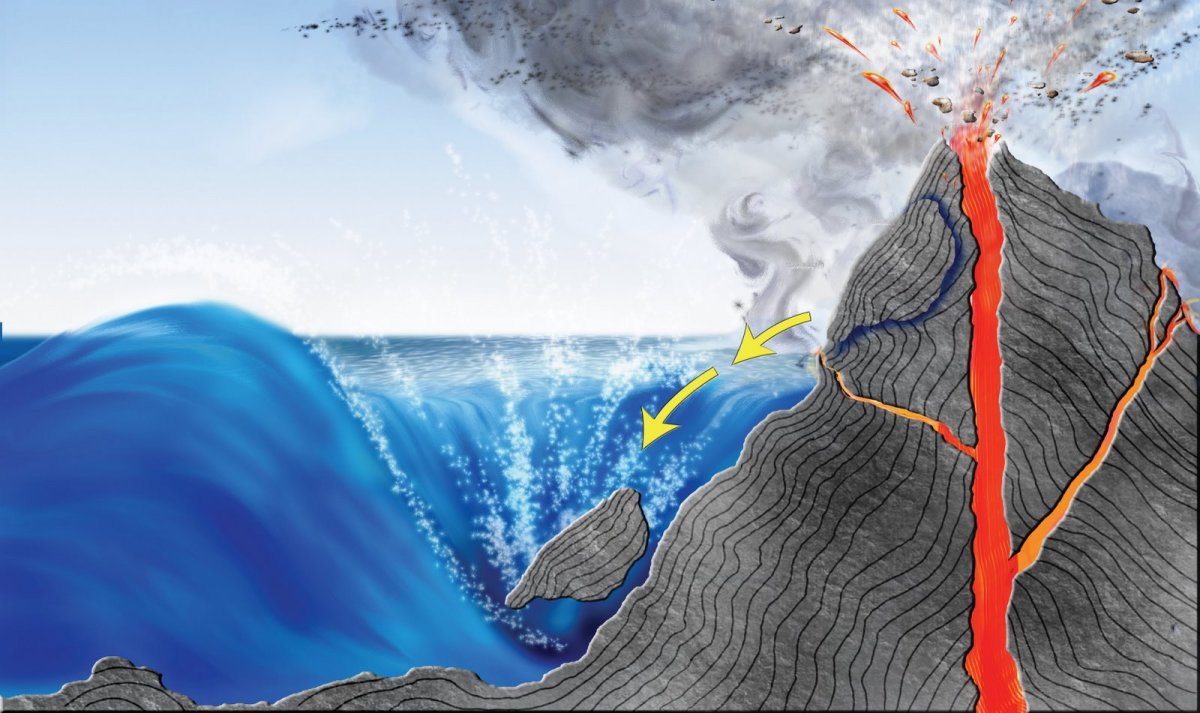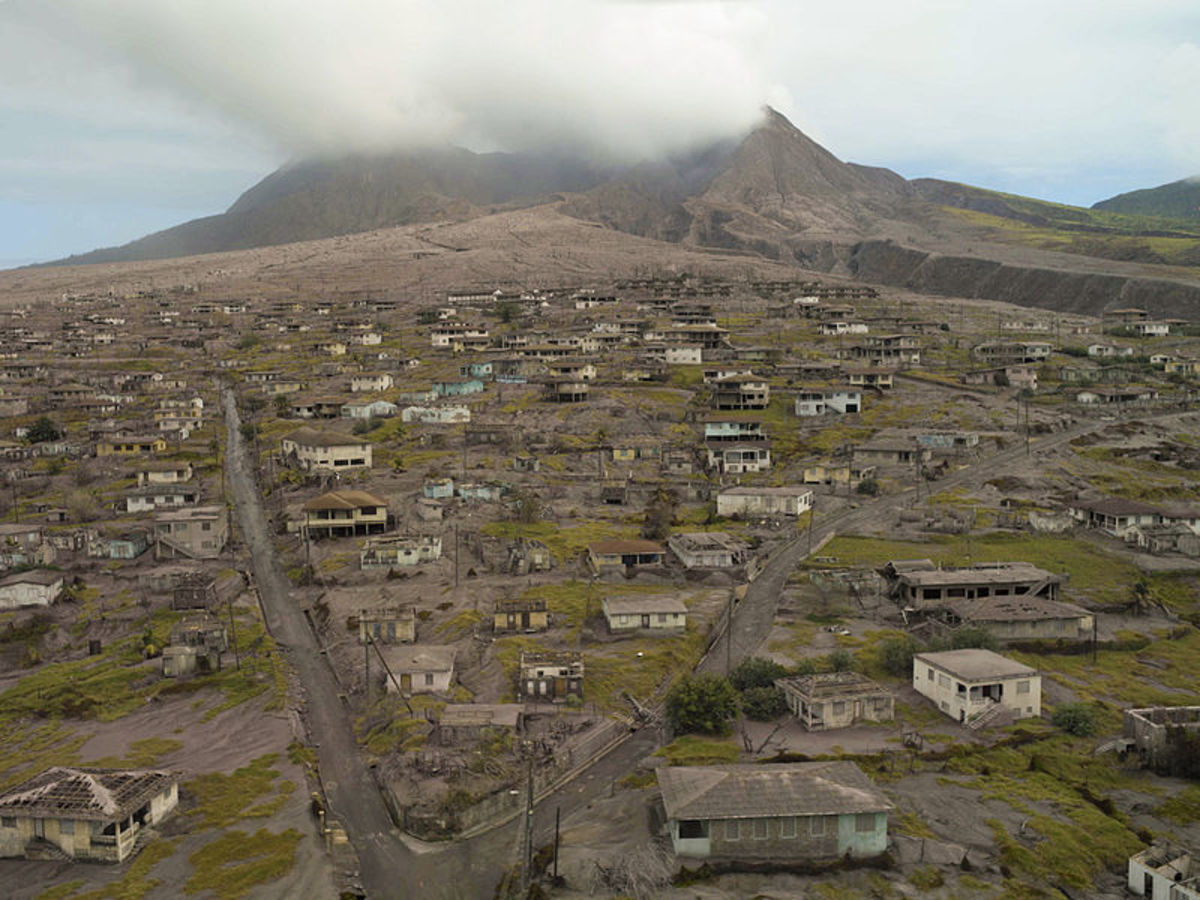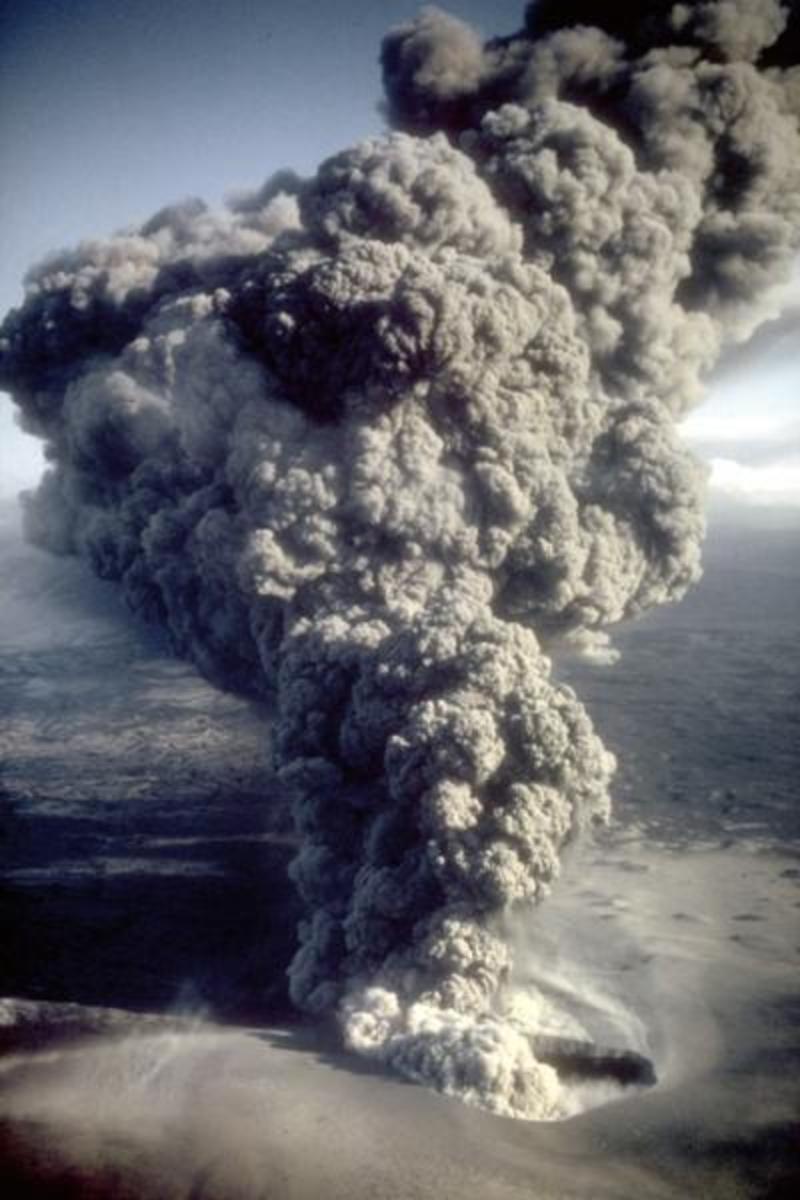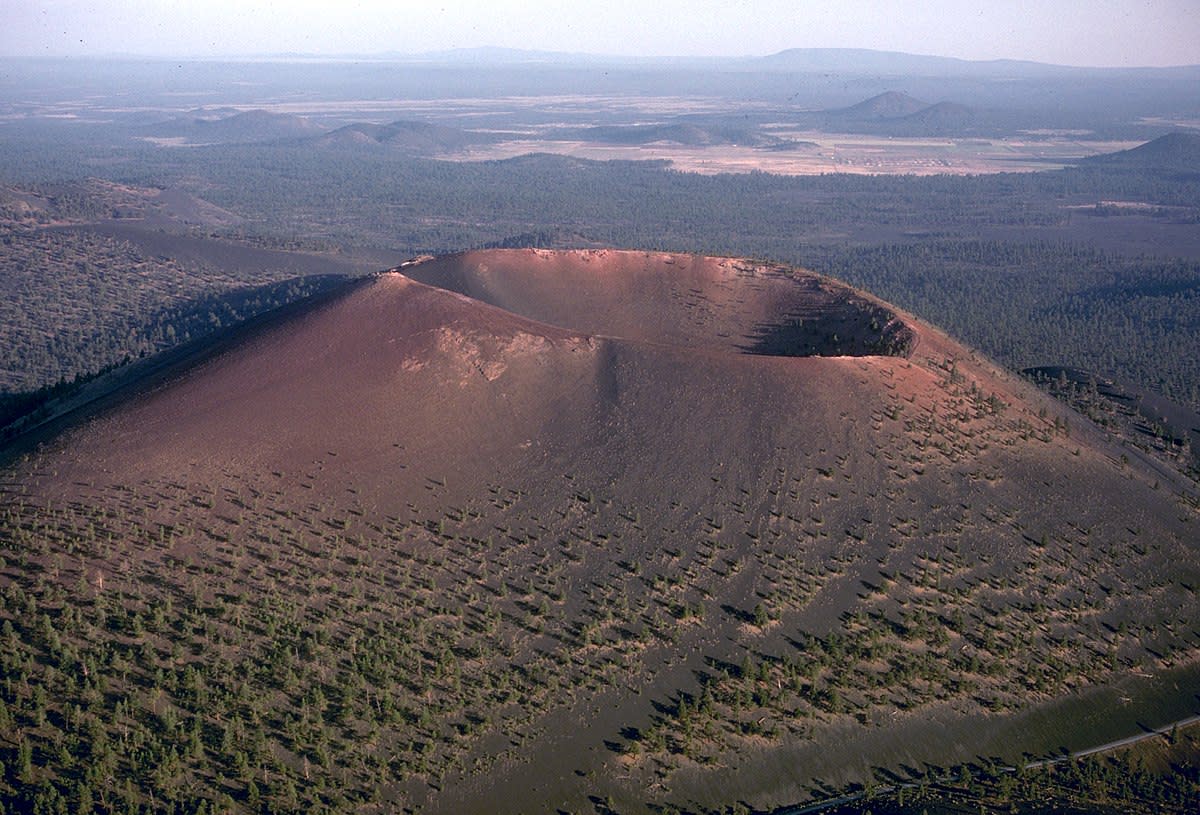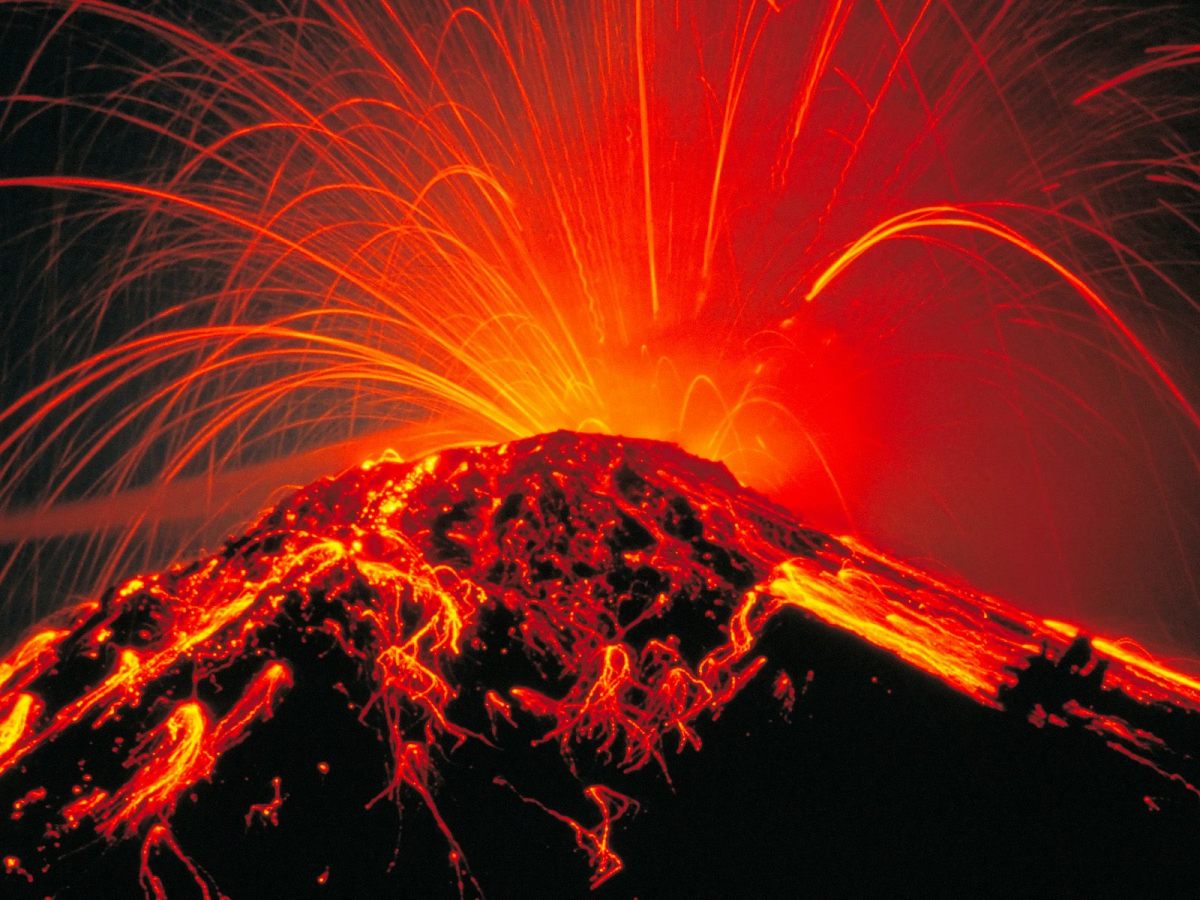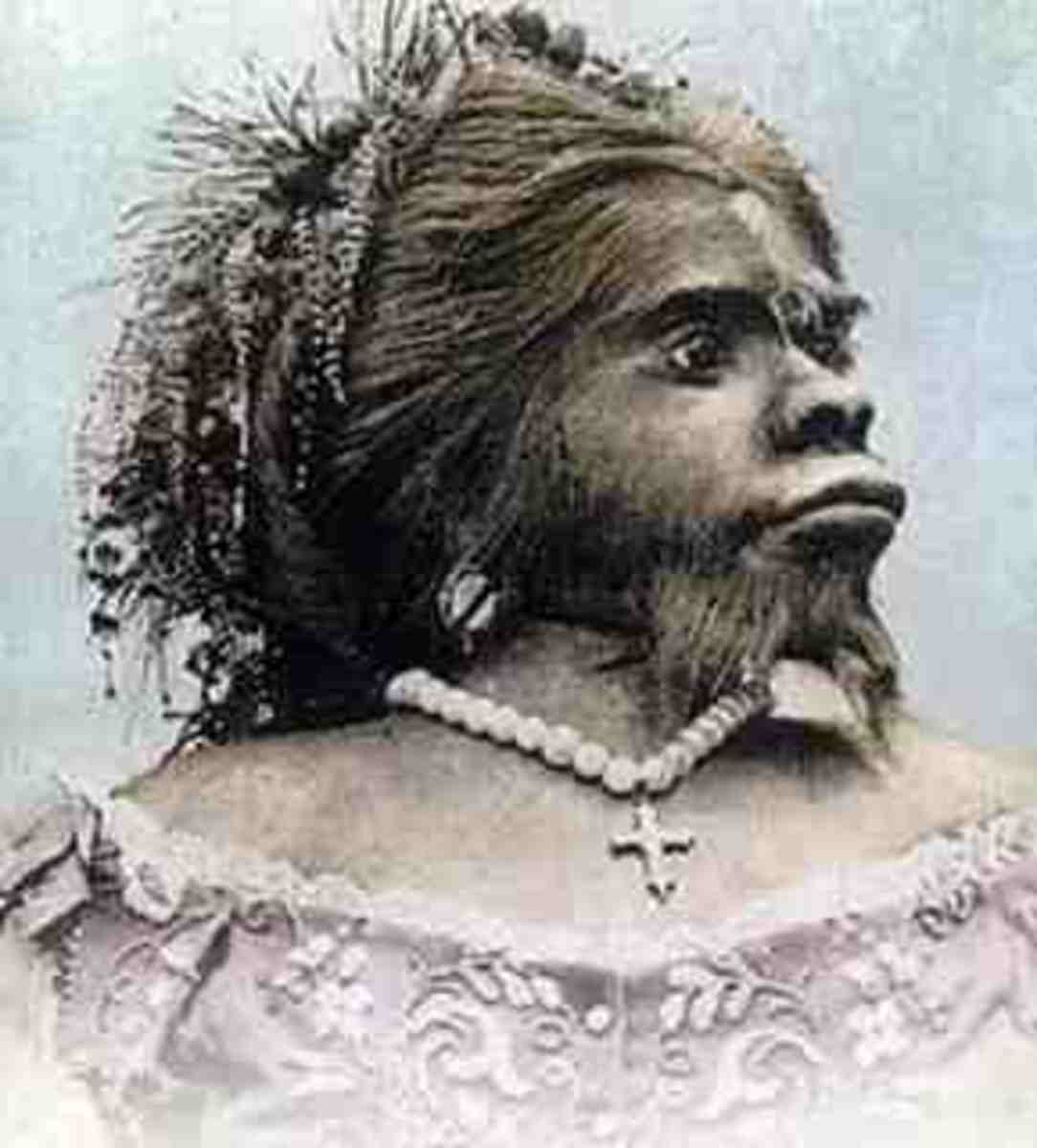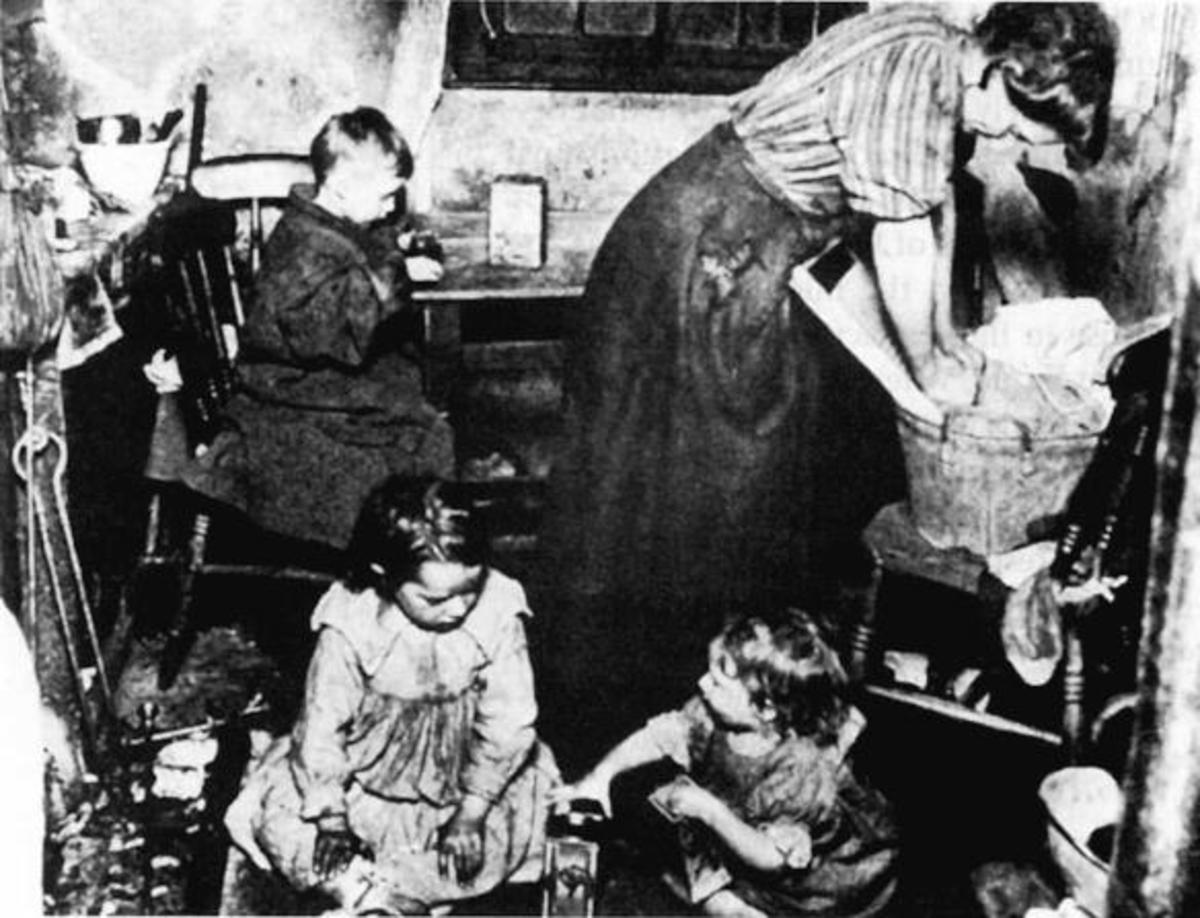- HubPages»
- Education and Science»
- History & Archaeology»
- History of the Modern Era
The 1883 Krakatoa Volcano Eruption

When most people think about the catastrophic volcanic events of Krakatoa, we know that it was a violent eruption that took many lives a long time ago. But it's more than just that, whatever the volcanic eruption left behind, the tsunamis (yes plural, tsunamis) that followed swept away.
Let me take you briefly to a time not too long ago, when the world was not yet into the 20th century. The year was 1883. In a few months, the constant rumblings of Krakatoa, had become background music to everyday life. But this time, Krakatoa protested, this was not to be just another month of calm volcanic banter. Krakatoa rebelled and sounded with the loudest, most deafening blast ever recorded in the history of the world. The effects of Krakatoa's eruption affected and disrupted the entire globe.
Come with me as we explore the final days of Krakatoa, and it's surrounding countries Sumatra in the north, and Java in the south. In this hub we will explore the following topics:
- Krakatoa Volcano
- Facts about Krakatoa
- Son of Krakatoa; Anak Krakatoa
Pyroclastic Flow Captured
Krakatoa Volcano
Before the 1883 eruption of Krakatau, or more commonly known as Krakatoa, it was just an uninhabited island with three peaks, and vast vegetation. There was no smoking, or tremors or any indication that the island even had an active volcano.
Indonesia was rich in minerals and spices, and during the late 1800s was very busy in tradiing with other nations. Krakatoa lay in the middle between Indonesia's Java and Sumatra in the Sunda Straits. Ships passed the island frequently, and sometimes stopped there for water and supplies.
In May of 1883, tremors and earthquakes were felt over a 100 miles away from Krakatoa, although Krakatoa could be seen off on the oceans horizon, there was no indications that the tremors and quakes were coming from it.
But on May 20, the first eruption shook Indonesia. One of Krakatoa's peaks blasted ash hundreds of feet into the air. When the volcano quieted shortly thereafter, the Governor thinking that the island was now safe, sent in Geologists to study the island. They found the island's shores covered in pumice stones - white or grayish stones that were light and very porous. The presents of pumice stones here meant that the volcano would be classified as a stratovolcano; the most deadly volcano type. It's shape is the classical conical shape - very tall with cones or vents sticking out the sides. Their height comes from built up eruptions of lava, tephra, and pyroclastic flows. The added danger with statovolcanos is that the lava that comes out of it is very sticky and viscous and made up of large amounts of gas. This stickiness, and sluggishness of a lava flow makes it near impossible for the gas to escape. When the gas builds, it becomes explosive enough that it can rip apart old lava flows and even the volcano itself. In the case of Krakatoa, the lava was so sticky that it clogged it's only pipe of flow, and on May 20th 1883, the gas and built up pressure from the magma reservoir push through the clog.
In the months after, Krakatoa has erupted but nothing as violent. Reports of all three mounts on Krakatoa with smoke plumes, and all vegetation on the island burnt. Krakatoa was only refueling.
Krakatoa's Special Tsunami
Facts About Krakatoa
May 1883
Until this month, there was no sign that Krakatoa ever had any intention of erupting. In May of 1883, the first tremors and earthquakes began. It was the first time that Krakatoa gave any indication whatsoever, that there was any danger of eruption. The tremors and earthquakes could be felt over a 100 miles away.
May 20,1883
When Krakatoa's magma supply builds pressure from a clogged lava filled vent pipe, it finally rips through the clogged. Krakatoa lets the world know that it was responsible for the tremors and quakes with a mighty show of one of it's three peaks exploding with plume and ash.
Krakatoa is quiet in the next few months, and all have forgotten about it's powerful May display. However, Krakatoa continued to build pressure.
In the months to follow, exactly 100 days later, Krakatoa announces it's intensions.
August 26 1:06pm
All three peaks of Krakatoa explode hurling rock and ash down the mountain causing the first tsunami. The tsunami heads north and destroys the south end coastline of Sumatra, killing 10,000 inhabitants. It was thought that Krakatoa was made up of three separate volcanoes, was later discovered that they were all actually once very large volcano.
2:00pm
In one hours time, the air and sea is filled with ash and rock as a 30 mile tower of ash spreads out in all directions. Witnesses see awesome electrical discharges and glowing lights as ash and gases mix. Ash and smoke makes it difficult for you to breathe and see if you are within 50 miles of Krakatoa.
During the night, all three peaks of Krakatoa have been violently erupting non-stop into the next morning.
August 27 5:50am - 10:02am
Krakatoa rocked the world with four violent and noted explosions at 5:30am, 6:44am, 10:02am, and 10:41am. Each explosion accompanied by tsunamis that destroyed the coastline in both Java to the south, and Sumatra to the North. The first explosion could be heard over 2000 miles away in Australia.
The Final Explosive Eruption10:41am:
The eruption was the loudest sound recorded in the worlds history - equal to 200 mega tons of TNT. That would be 13,000 times the size of the bomb that destroyed Japan's Hiroshima. The loud explosions was caused by different magmas mixing and building pressure until it punched through the surface. Ash rose to over 50 miles in the sky, and darkness continued to engulf the area until August 29th.
12:00pm:
The southern end of Sumatra would suffer another terrible blow as Krakatoa sends out pyroclastic flows - a mix of scalding gas and ash that travels at over 200mph across land or water. The pyroclastic flow ate up the 20 miles of sea to the coastline of Sumatra and claimed lives there. This pyroclastic flow stood over 2000 feet tall - comprised of hot ash and gas - managed to climb the foothills in Sumatra. More than 2000 lives were lost in Kitimbang on the coast of Sumatra to pyroclastic flows.
Evening:
Eruptions and much milder explosions were heard during the night, but was quickly diminishing.
August 28:
Although it was still quite dark from the ash in the atmosphere, there was no sign of life from Krakatoa. The island had imploded as the magma supply was emptied, and the volcano could no longer support itself without the up-drafts of the magma. The island collapsed and formed a caldera which can be seen from the ocean's floor.
August 29:
The Geologist K.Rogier Verbeek had made vast recordings and studies of the volcano's activities from start to finish, and had single handedly developed volcanology. His work would be used for many years in continuing the study of volcanoes.
The Krakatoa Quiz
view quiz statisticsDid you know that it was the tsunamis that took more lives than the actual volcano itself?
Son of Krakatoa; Anak Krakatoa
In 1927, Anak Krakatau (or Krakatoa) broke through the surface of the ocean in a brilliant spectacular display of perseverance and strength. Ever since then, Anak Krakatoa has been growing anually at about 12 meters a day.
It is too early to tell if history will repeat itself, but evidently, history has already repeated itself. There is evidence of Arctic ice cores containing sulfur in or about the period when Krakatoa's ancestor first made it's explosive and self destruction in the year 416AD. Accounts found in old recordings and in area carbon dating of early lava indicate that this has already been done. Accounts recorded by Indonesian history also hold to similar accounts of eruption, and tsunamis.
If history repeats it's self, which it already has, then we have another problem developing in the future of Anak Krakatau - son of Krakatau.


